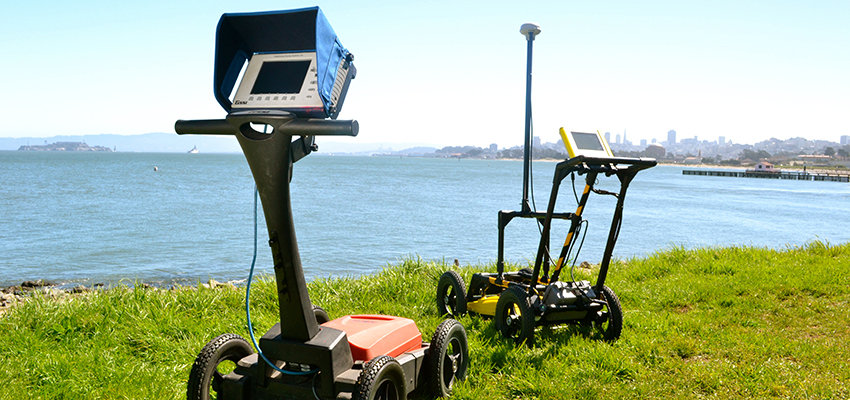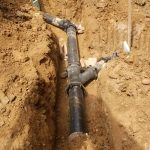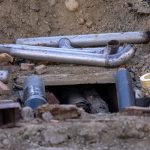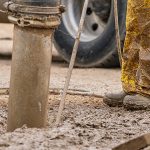Benefits in Using GPR for Utilities Location

We work hard to make sure our tools and procedures are always at the cutting edge of what’s available. Ground Penetration Radar, or GPR, has been around for several decades and is widely accepted across the construction and excavation industries, but there is still plenty of current research finding new and more powerful uses for the technology and refining the radar devices which we use on-site. So how can your project benefit from all of this effort behind GPR?
What does it help with?
GPR systems use a radar signal to survey the internal characteristics of concrete and other non-metal surfaces. Obviously this saves time and money that would be spent cutting into the surface otherwise and allows for specific targets to be isolated to ensure precision. There are also associated benefits to safety as the device can detect buried cables and other subterranean dangers which can impact digging. In our work detecting utilities, these devices are our most versatile tools and our most thorough method of detection before giving advice on a project.
Tailor the tool to suit the job
One of the key features of our GPR devices is the interchangeable antennae. One of the three major components of these devices, the antenna determines most of the properties of the radar signal, and thus how the scan interacts with the materials in the ground. Generally though, a higher frequency antenna will be able to pick up smaller targets, but the scan will be shallower than a lower frequency antenna. Having access to such flexibility just by swapping this component is a big advantage of GPR devices.
Software wizardry at our fingertips
Another competitive advantage that makes GPR among most versatile scanning tools at our disposal is the ability to instantly record or process the scan data in real time. Our current GPR devices are each connected to a computing unit which carries a range of custom software to parse and display the data for human use. Having access to immediate, intelligible scan data works wonders to reduce delays and errors in subsequent work, so this is very important to us. The best part: different software has been developed to cover a multitude of ways scan data can be used and viewed, so often we will be able to visualise it exactly the way we want.
GPR devices are the industry standard for a reason. They can detect everything from utility duct banks to water pipes, to buried cables, to voids in earth or concrete which can affect stability, and all at a minimal extra investment over the basic machine. If you employ us to scan your site for utilities, you too can feel the benefits of this flexible and powerful technology.
Related Posts

Subsurface Utility Engineering (SUE): Reducing Risk and Improving Projects
Construction and infrastructure projects across Australia face numerous challenges, from managing budgets and timelines to ensuring safety and minimising disruptions.
Read more
PUP Underground Locating: Essential for Safe Excavation
Excavation is a necessary activity which ranges from large infrastructure projects to smaller residential works.
Read more
Non-Destructive Digging: The Safe and Efficient Way to Excavate
Traditional excavation methods, involving heavy machinery and extensive digging, often pose significant risks to underground utilities, the environment, and worker safety.
Read moreTalk with us today to find out more
Please call and speak with one of our friendly members of staff or send us an email using our contact form